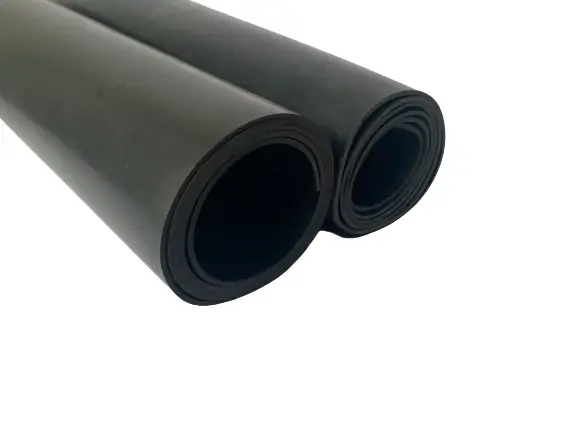Oct . 10, 2024 18:18 Back to list
kitchen sealing strip
The Importance of Kitchen Sealing Strips A Comprehensive Guide
In our quest for an efficient and functional kitchen, one often overlooked aspect is the sealing strips that provide insulation and protection around various fixtures. Kitchen sealing strips may seem like a minor detail, but they play a significant role in improving the overall environment, aesthetics, and functionality of the kitchen space. This article will explore what kitchen sealing strips are, their benefits, various materials used, and tips for choosing and maintaining them.
What are Kitchen Sealing Strips?
Kitchen sealing strips are materials fitted around doors, windows, cabinets, and appliances to prevent the passage of air, moisture, dust, and debris. They create a barrier that helps maintain a consistent temperature, reduces energy costs, and protects the living space from external elements. These strips are not limited to just sealing; they also serve as a cushioning element to prevent doors and drawers from slamming shut, thereby reducing noise and potential damage.
Benefits of Using Kitchen Sealing Strips
1. Energy Efficiency One of the primary advantages of sealing strips is their ability to minimize air leaks. By effectively insulating your kitchen, these strips help maintain a consistent temperature, which can lead to lower heating and cooling costs. This is particularly important in the kitchen, where ovens and refrigerators can generate significant temperature variations.
2. Moisture Control Kitchens are prone to high humidity levels, especially during cooking. Sealing strips help keep moisture from invading cabinets and other storage areas, which can lead to mold and mildew growth. This is crucial for maintaining a healthy kitchen environment and prolonging the lifespan of appliances and furnishings.
3. Noise Reduction Sealing strips act as a buffer against noise. Whether it’s the sound of kitchen appliances or external disturbances, sealing strips can help create a quieter cooking environment, making the kitchen a more pleasant place to work and gather.
4. Pest Protection Gaps around doors and windows can serve as entry points for pests like rodents and insects. Installing sealing strips can fill these gaps, reducing the likelihood of infestations and keeping your kitchen clean and safe.
5. Aesthetic Appeal Many sealing strips are designed with aesthetics in mind. Available in various colors and materials, they can complement your kitchen decor while serving a functional purpose. A well-fitted sealing strip can enhance the overall look of cabinets and appliances.
Types of Materials Used for Sealing Strips
Kitchen sealing strips come in a variety of materials, each with its unique properties
- Rubber Durable and flexible, rubber sealing strips are ideal for areas that require a tight seal. They are often used around appliances and windows.
kitchen sealing strip

- Foam Foam sealing strips are lightweight and easy to install
. They are suitable for non-load bearing areas and can easily conform to irregular spaces.- Vinyl This material is weather-resistant and great for outdoor kitchens or areas exposed to varying temperatures.
- Magnetic Magnetic seals are typically used in refrigerator doors to ensure a tight closure, enhancing energy efficiency.
Choosing the Right Sealing Strip
When selecting sealing strips for your kitchen, consider the following factors
- Location Identify where the sealing strips will be used—around doors, windows, or appliances. This will determine the type and size of the strip needed.
- Material Choose a material that fits your specific needs, taking into account aspects like durability, flexibility, and resistance to heat and moisture.
- Width and Thickness Ensure the strip is appropriately sized for the gaps you need to seal. A strip that is too narrow may not provide an adequate seal, while one that is too wide may be unsightly.
Maintenance Tips
To ensure the longevity of your kitchen sealing strips
- Regularly inspect them for wear and tear, especially after extreme weather conditions. - Clean the strips to prevent the build-up of grime and residue that can affect their effectiveness. - Replace any damaged or worn strips promptly to maintain efficiency.
Conclusion
Kitchen sealing strips might not be the most glamorous feature of a home, but their importance cannot be overstated. From improving energy efficiency and providing moisture control to enhancing comfort and aesthetics, they are an essential component of a well-functioning kitchen. By understanding their benefits, materials, and maintenance needs, homeowners can make informed decisions that contribute significantly to their kitchen's overall functionality and appeal. Whether you are renovating an existing kitchen or building a new one, consider incorporating high-quality sealing strips for a better cooking experience.
Next:
Prev:




